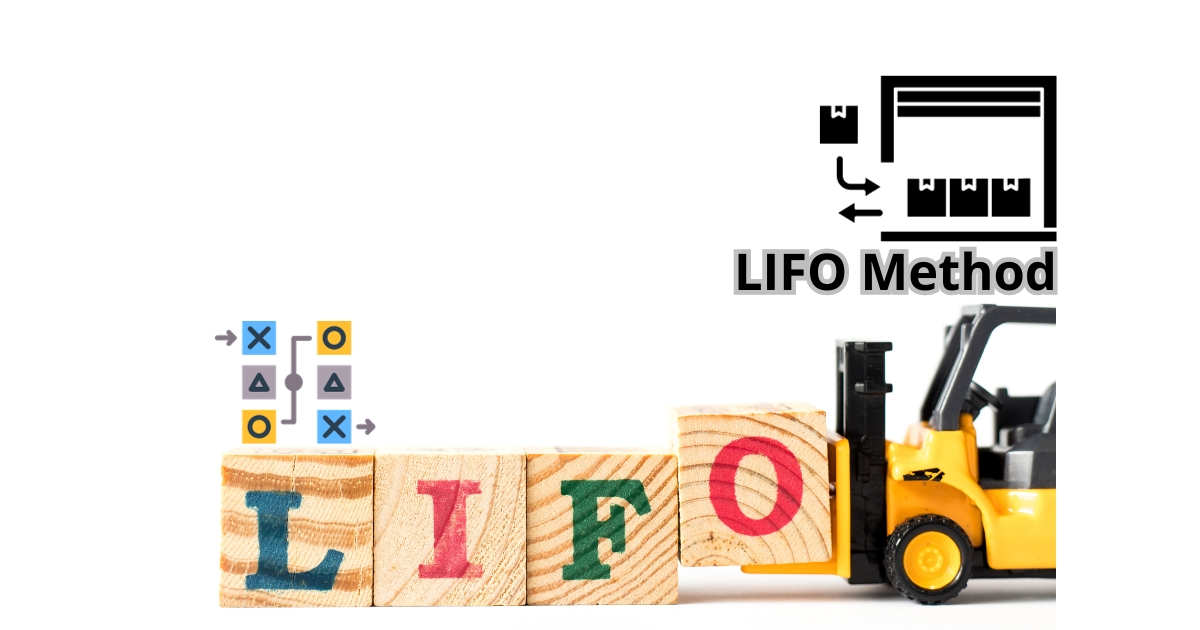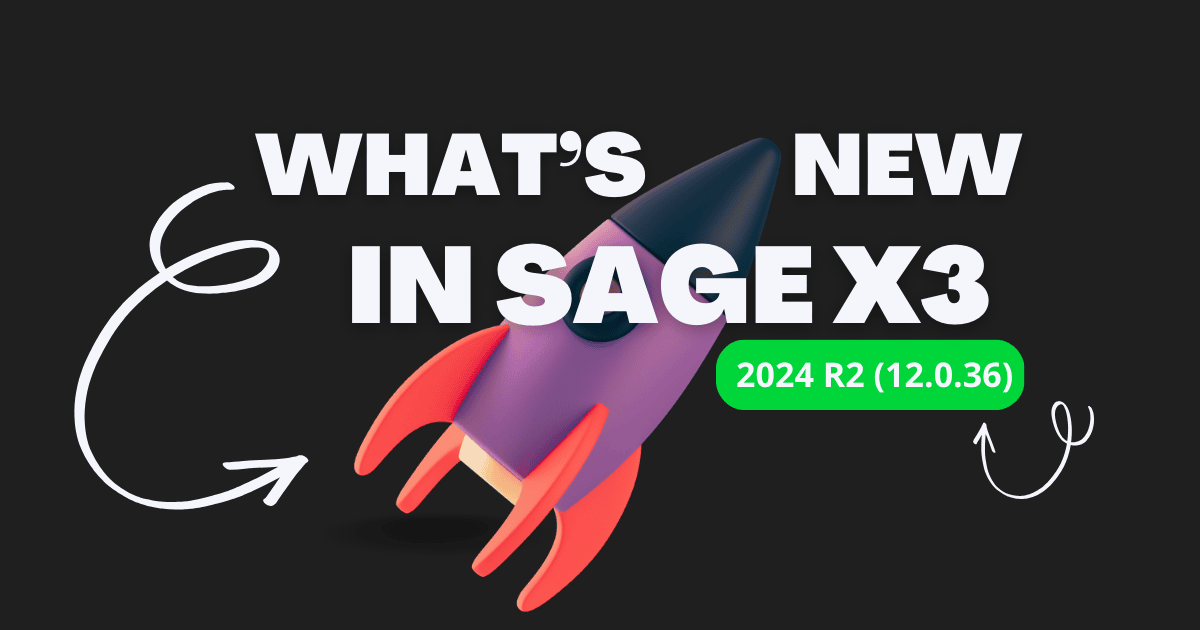Inventory is an important part of any business. It has the capability to influence the revenue of the business directly. There are many inventory methods to manage and control the inventory operations. Depending on the inventory the accurate method is applied. Plus, all these methods are required for precise financial reporting.
In this blog, let us discuss the lifo method in detail »
What is LIFO Method?
LIFO can be expanded as last-in, first-out inventory. It is applied to the cost of goods sold calculation as the used cost of flow assumption. The LIFO method ensures that the recent products added to the inventory are prioritised and sold first. For, calculation, the cost paid for selling the recent product is considered first.
In simple terms, the Lifo method means the recent items in the inventory have to be expensed first as the cost of goods sold. It accounts for the recently arrived products in the inventory. There are also two other alternatives to account for the inventory. One is the Fifo method where the oldest goods in the inventory are sold first.
The average cost method is also an alternative to the LIFO and FIFO method. In this method, the weighted average of all units available for sale is calculated within an accounting period. This acquired average cost is then used to determine the cost of the goods sold and the total value of the ending inventory.
Why is LIFO Method used?
The Lifo method is used for the calculation of the cost of goods sold. Hence, it is calculated when the costs of manufacturing a product or acquiring inventory are swelling. One of the factors leading to this condition may be inflation.
If the last in-first-out LIFO method is used by the company, they may experience a decrease in revenue, however, the corporate tax will lower which is an advantage. The increase in cost could be favourable for the business for some time as the savings will be useful for other crucial business operations.
LIFO, Inflation and Net Income
In this aspect, it is important to know about the association between LIFO, inflation and net income. Note that the inventory costing methods will produce the same result if the inflation is zero. However, if the inflation is high, the choice of inventory valuation methods will impact the valuation ratio. Let us see how last-in first-out LIFO is affected:
Note that LIFO is a method which is not a perfect solution to indicate the ending inventory value. Possibly, it can underrate the value of the inventory. Further, when the cost of goods sold is high, LIFO results in reduced net income. However, whenever there is inflation, there are fewer inventory write-ups under LIFO.
Example of LIFO
We have learned that LIFO is a method used to evaluate the value of inventory for accounting purposes. The most recently produced goods are sold and the value is calculated in the LIFO method. Let us learn deeply about the last in, first out LIFO with an example.
- Let us take an example of a small electronic that uses the LIFO inventory valuation method.
- Assume that in January, the store purchased 10 smartphones for the price of Rs 15,000 each.
- Further, in February, the store again purchased 15 more smartphones for Rs 16,000 each due to a promotional event.
- Hence, when they sell the smartphones in March, the 12 smartphones will be sold first as it is the most recent product. It will be sold for Rs 16,000 each. The total cost of goods sold COGS will be Rs 1,92,000 (12 phones x Rs 16,000).
- The remaining 3 phones are valued at Rs 16,000 each for ending inventory. This method ensures that the newest items are sold first.
Also Read : What is the FIFO method in Inventory? Definition and how to use it?
Benefits of LIFO
Advantage on tax savings – Your business can highly benefit from saving taxes if the cost of your products increases over time. This happens when you add the most recent costs or high inventory costs to the products you have sold recently. This results in the profit margin to go down. If your profit is less, then you will be expected to pay less tax. It all depends on the business type and your finances. This will help your business in tax savings.
Recent financial data – In the LIFO method, the most recent cost given to the inventory items is added to the COGS first. This enables you to get a clear view of the current financial performance of your business. It will be helpful for you and the investors. In addition, it will also help in comparing the recent inventory with the current revenue.
Better customer experience – If your business chooses to follow the LIFO method, the most recently produced goods are sold first. So, if you are delivering the recent goods to your customers, it will have a positive impact and possibly this will result in many repeat buyers. It will contribute to the positive reputation of your business.
Why is LIFO accounting banned in most parts Worldwide?
The International financial reporting standards are followed by most of the businesses. Depending on these standards, LIFO is banned in most parts of the world as it will lower the taxable income. The Governments are not favourable even if there is no inflation. It is possible that the LIFO valuation method can deliver inaccurate results.
It is essential to note that executing the LIFO accounting method in the initial years can potentially lead to artificial inflation of a company’s earnings during its liquidation process, posing a risk to accurate financial assessment.
When to use LIFO?
Last in, first out LIFO can be applied if the cost of inventory is inflating. Use LIFO method if the cost of the inventory is likely to increase. So, what is LIFO method? Under LIFO, the most recently purchased goods in the inventory are sold first. This will result in higher costs and lower revenue. Meanwhile, it reduces even the taxable income. LIFO is used by companies such as oil and gas companies, and retail and car dealerships.
LIFO or FIFO?
The last in, first out is used to account for recent goods which are sold first in the inventory. First in, first out accounts for the oldest inventory items to be sold first. LIFO or FIFO accounting method choice depends on the business type.
Net income on paper can be lowered by the LIFO method. Plus, tax liabilities will be lowered assuming that inflation has hit. Suppose, you are operating a public company, the reduced number in the company’s earnings will not impress the investors.
Further, companies who must mandatorily maintain large inventory are forced to maintain the lifo method. They reduce their taxable income on record by offsetting sales revenue with the highest acquisition costs.
Conclusion
The Lifo method is used to account for inventory that is recent and which is sold first. It is used for specific companies during particular times such as inflation etc. Companies with large and costly inventories use LIFO. ERP software is the best software to manage all the activities of the inventory efficiently maintaining all the standards.







